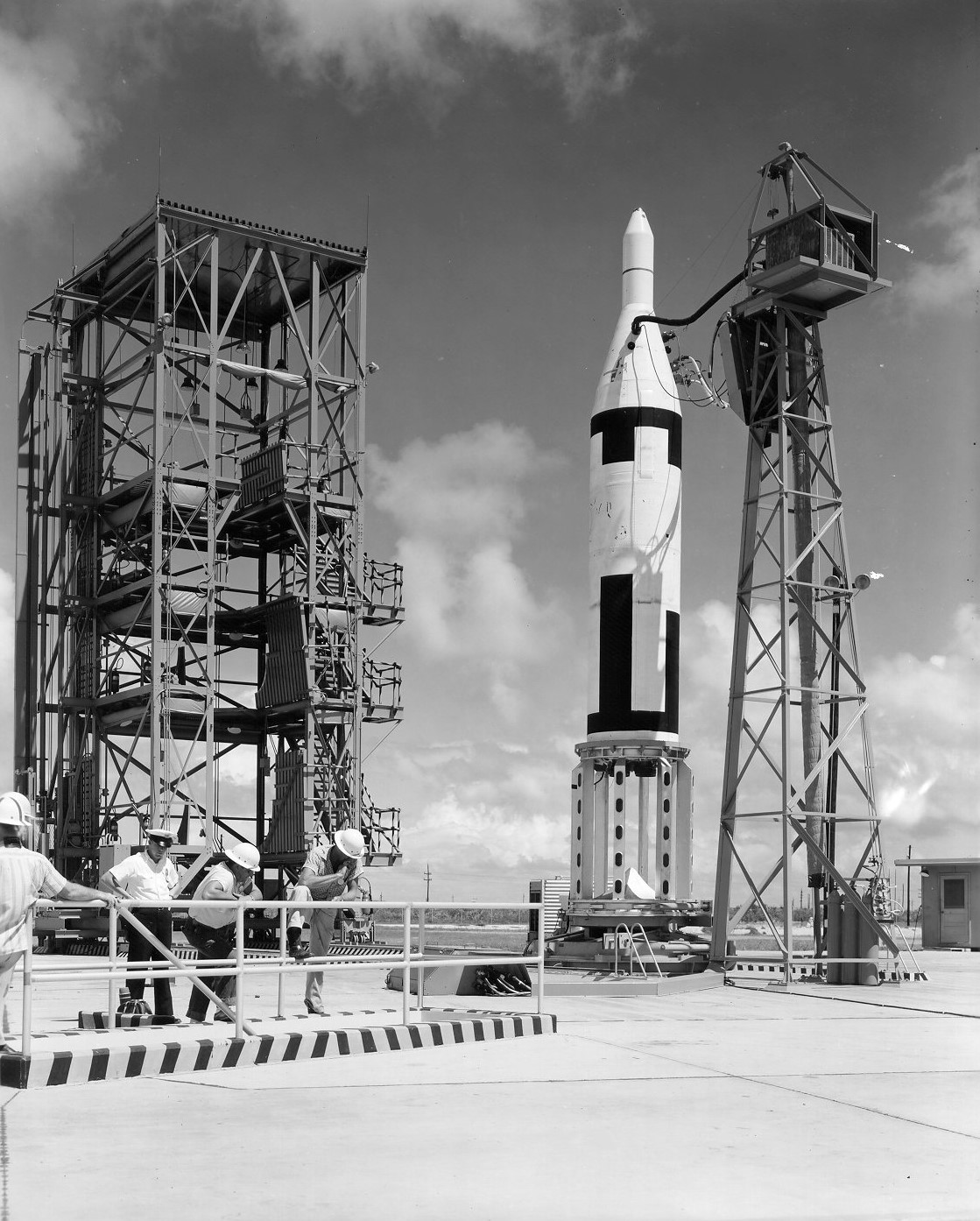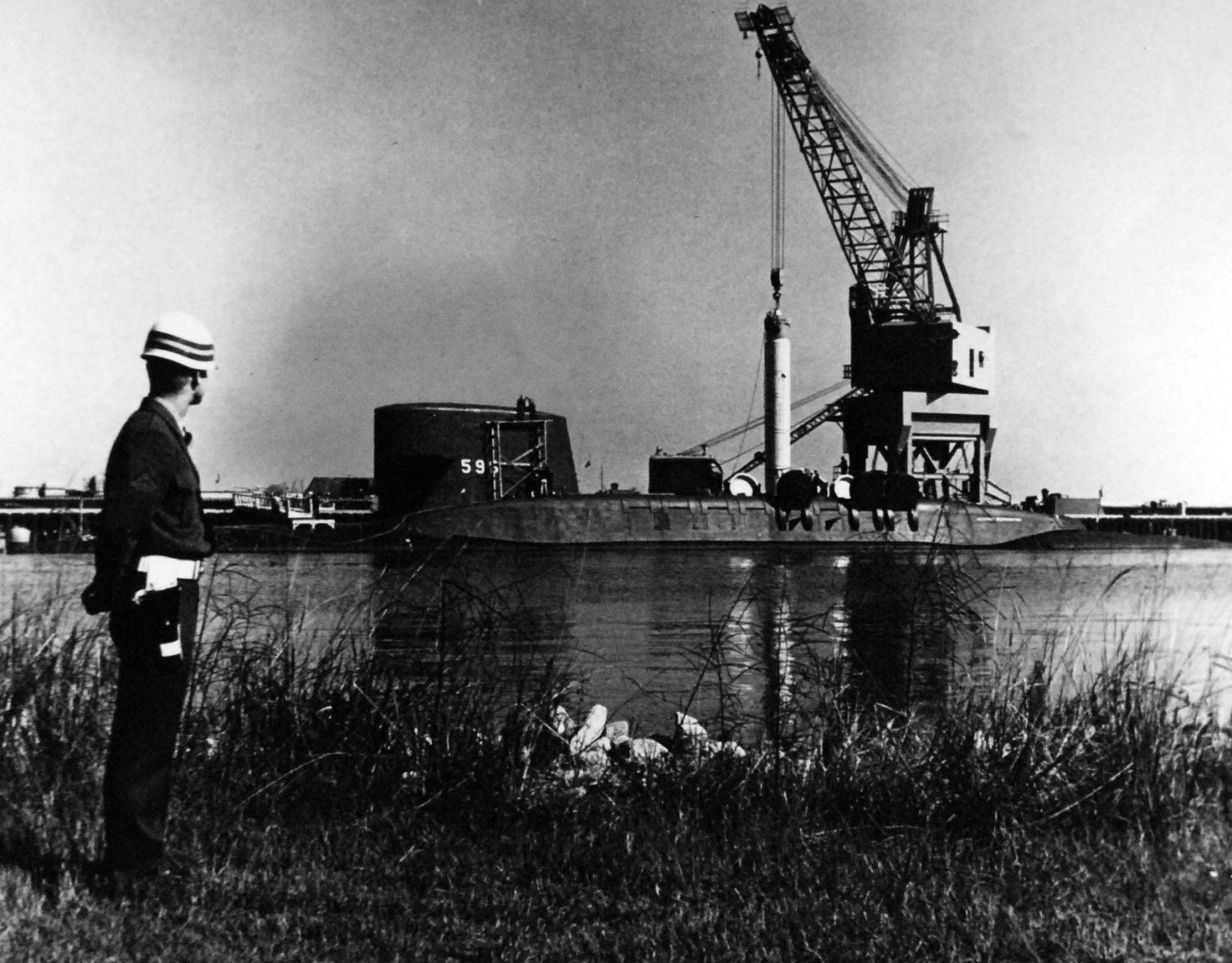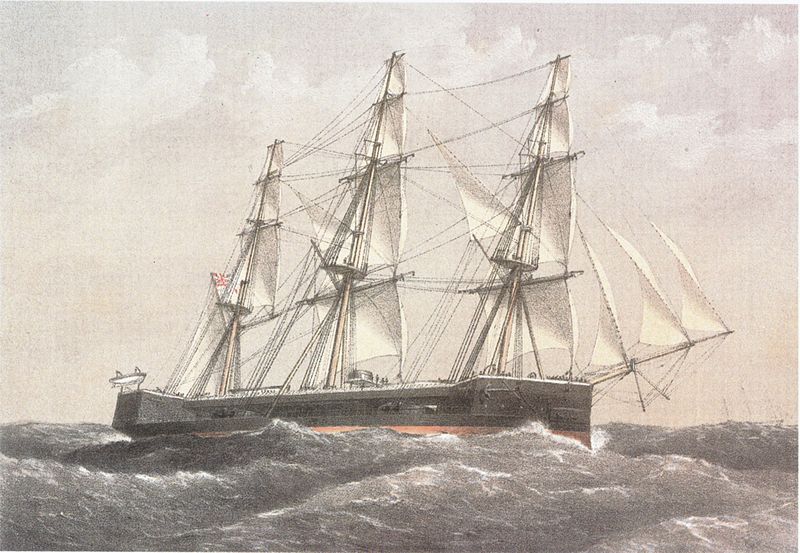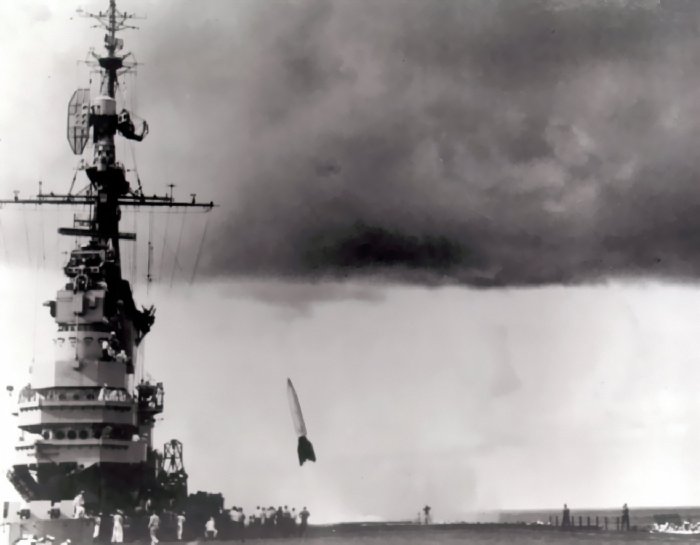I regret to inform you that, on October 22nd, 1973, the Geological Survey Vessel Nicholas Baudin was destroyed by missile fire from an unknown adversary in the V1054 Ophiuchi system. Unfortunately, onboard sensors provided no information on the assailant, and the missiles were not detected before impact. Some of the crew survived, but their capsule has only 14 days of life support, and none of our vessels are in a position to assist, even if they could be risked.
V1054 Ophiuchi is only six jumps from Sol, but several of those lack jump gates. Still, this should give impetus to an upgrade of our naval forces. We will be completing development of an improved nuclear pulse technology in four months, giving 25% more power in a given weight, and it will likely be very useful for new ships to counter this threat. Our own designers have a few sketches for your apprasial, taking advantage not only of the new engines, but also of improved sensor technologies developed since 1960. More radical designs can also be entertained, if any of you would like to suggest them.
Database can be found here.
Toulouse Mk II class Destroyer Escort (P) 8,000 tons 287 Crew 900 BP TCS 160 TH 500 EM 0
3125 km/s Armour 2-35 Shields 0-0 HTK 60 Sensors 0/0/0/0 DCR 4 PPV 57
Maint Life 2.53 Years MSP 281 AFR 128% IFR 1.8% 1YR 61 5YR 918 Max Repair 125.00 MSP
Capitaine de frégate Control Rating 2 BRG AUX
Intended Deployment Time: 12 months Morale Check Required
Improved Nuclear Pulse Engine EP250.00 (2) Power 500.0 Fuel Use 50.60% Signature 250.00 Explosion 10%
Fuel Capacity 419,000 Litres Range 18.6 billion km (69 days at full power)
10cm Railgun V10/C3 (19x4) Range 10,000km TS: 3,125 km/s Power 3-3 RM 10,000 km ROF 5
Beam Fire Control R48-TS6000 (2) Max Range: 48,000 km TS: 6,000 km/s 79 58 38 17 0 0 0 0 0 0
Improved Pebble Bed Reactor R12 (5) Total Power Output 61 Exp 5%
Active Search Sensor AS11-R1 (1) GPS 48 Range 11.1m km MCR 995k km Resolution 1
Saphir Mk II class Scout (P) 3,000 tons 71 Crew 297.9 BP TCS 60 TH 250 EM 0
4166 km/s JR 1-50 Armour 1-18 Shields 0-0 HTK 19 Sensors 12/16/0/0 DCR 1 PPV 0
Maint Life 2.78 Years MSP 222 AFR 72% IFR 1.0% 1YR 42 5YR 625 Max Repair 125.00 MSP
Capitaine de frégate Control Rating 1 BRG
Intended Deployment Time: 12 months Morale Check Required
J3000(1-50) Military Jump Drive Max Ship Size 3000 tons Distance 50k km Squadron Size 1
Improved Nuclear Pulse Engine EP250.00 (1) Power 250.0 Fuel Use 50.60% Signature 250.00 Explosion 10%
Fuel Capacity 449,000 Litres Range 53.2 billion km (147 days at full power)
Active Search Sensor AS36-R100 (1) GPS 2400 Range 36.3m km Resolution 100
EM Sensor EM2-16 (1) Sensitivity 16 Detect Sig Strength 1000: 31.6m km
Thermal Sensor TH2-12 (1) Sensitivity 12 Detect Sig Strength 1000: 27.4m km
This design is classed as a Military Vessel for maintenance purposes
The biggest incident of 1974 was the discovery of a second hostile power, who destroyed the survey ship Jacques Cartier. As before, we were unable to retrive the crew. However, telemetry showed she was destroyed by energy weapons, and given that she was in orbit of a planet, they might well have been ground based, reducing the threat substantially. We have finished three Saphir IIs, and dispatched one to each system. The first should arrive in a few days. Three more Saphir IIs are under construction, wrapping up in April and May. We don't have any plans for immediate follow-ons to those, although that could change based on the information our scouts bring back.
1975 database can be found here.








Recent Comments